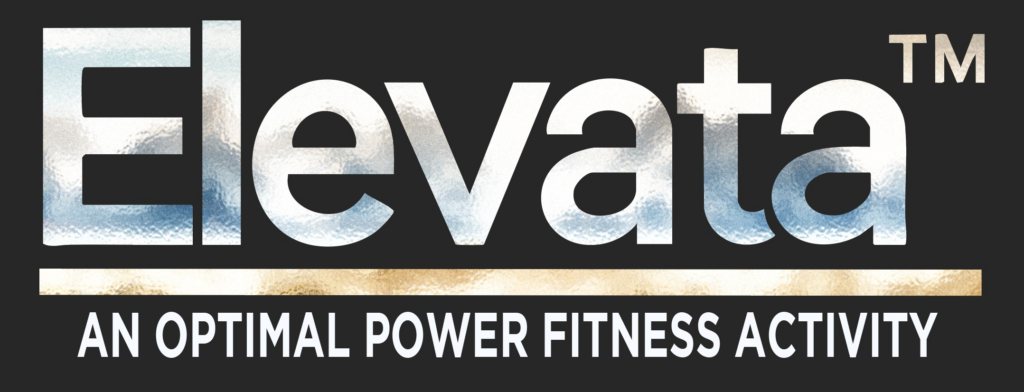GTO Spindle Coherence
Understanding GTO-Spindle Coherence for Safer and Stronger Movement
Introduction: In order to move powerfully and safely, your muscles and nervous system must work together perfectly. Two special sensors inside your muscles help make this happen: the Golgi Tendon Organs (GTOs) and Muscle Spindles. When their signals balance just right — a state called GTO-Spindle Coherence — your body can produce incredible power without injury.
Meet Your Body’s Movement Sensors

Golgi Tendon Organs (GTOs): Your Force Safety Sensors
GTOs live where muscles meet tendons. They watch for how hard a muscle pulls. If the pull gets too strong, they send a “slow down” signal to prevent injury by calming the muscle down. This is called autogenic inhibition.
Muscle Spindles: Your Stretch and Speed Sensors
Muscle Spindles are embedded right inside the muscle. They measure how much the muscle stretches and, most importantly, how fast it changes. If a muscle stretches quickly, they tell it to contract and protect itself. This is the famous stretch reflex.
What is GTO-Spindle Coherence?
GTO-Spindle Coherence happens when your nervous system gets the right balance of “slow down” and “go faster” messages for the movement you want to do. Good coherence means safer, more powerful, and more athletic movement.
Examples of Different Coherence States
- High GTO, Low Spindle: Think of pushing hard against an immovable wall. You create a lot of force, but don’t move much.
- Low GTO, High Spindle: Think of quickly stepping off a curb. Your muscles stretch fast and respond explosively.
- High GTO, High Spindle: Think of sprinting or throwing a ball hard. Your body handles both big force and big speed at once.
Why GTO-Spindle Coherence Matters
1. Peak Power Performance
When GTOs and Spindles work together well, you can safely create maximum force quickly — like jumping higher or sprinting faster.
2. Injury Prevention
Proper coherence prevents injuries by keeping muscles from either overstretching or over-contracting at the wrong time【13†source】.
3. Neural Efficiency
Good coherence trains your brain and spinal cord to handle high forces and fast speeds better, helping you move with less wasted effort【13†source】.
Factors That Influence Coherence
- Movement Type: Fast versus slow, heavy versus light.
- Training Status: Trained individuals often have better coherence, allowing more power before the system “hits the brakes”【13†source】.
- Fatigue: Tired muscles can disrupt coherence and increase injury risk【13†source】.
Optimizing Your Training for Better Coherence
Power training that combines high force and high velocity — while staying in control — is the best way to improve GTO-Spindle Coherence. Technology like Elevata is designed to enhance this safe power development【13†source】.
Conclusion
GTO-Spindle Coherence is the “secret teamwork” happening inside your muscles and nervous system during every powerful and safe movement. Understanding and training this balance can help you unleash more of your athletic potential while protecting your body for the long haul.
Disclaimer: The information provided is intended for educational purposes only and does not claim to diagnose, treat, cure, or prevent any disease. Benefits described are consistent with general physical fitness improvements recognized by scientific literature. This content has not been evaluated by the FDA.
References
- Kandel, E.R., Schwartz, J.H., Jessell, T.M., Principles of Neural Science. (Chapter: Sensory Receptors and Spinal Reflexes)【13†source】
- Jami, L. (1992). Golgi tendon organs in mammalian skeletal muscle: functional properties and central actions. Physiological Reviews【13†source】
- Matthews, P.B.C. (1972). Mammalian Muscle Receptors and their Central Actions【13†source】
- Pierrot-Deseilligny, E., & Burke, D. (2005). The Circuitry of the Human Spinal Cord【13†source】
- Gabriel, D.A., Kamen, G., & Frost, G. (2006). Neural adaptations to resistive exercise: mechanisms and recommendations【13†source】




